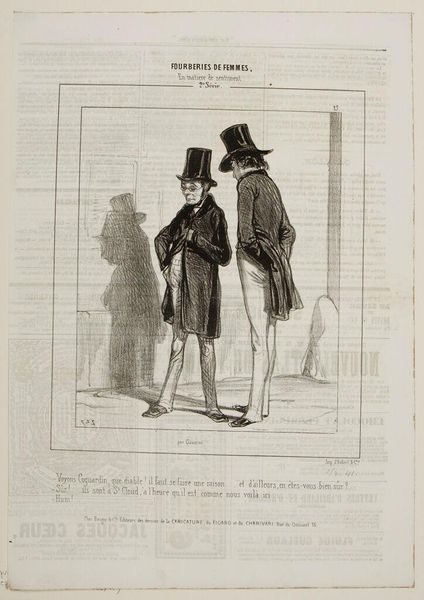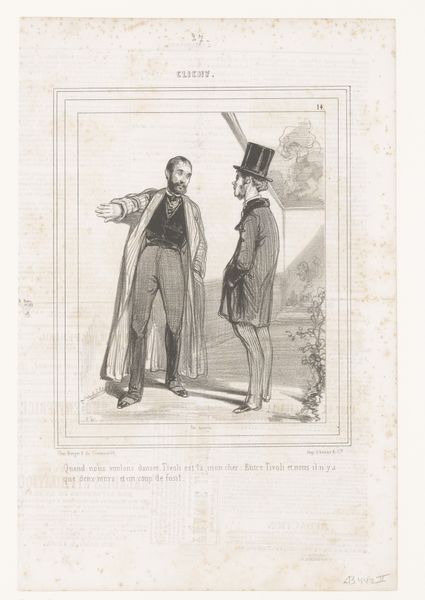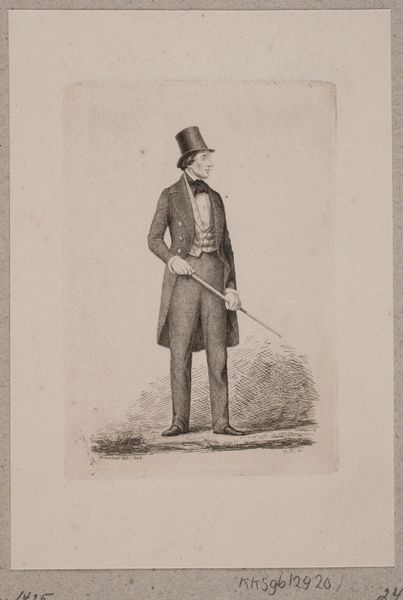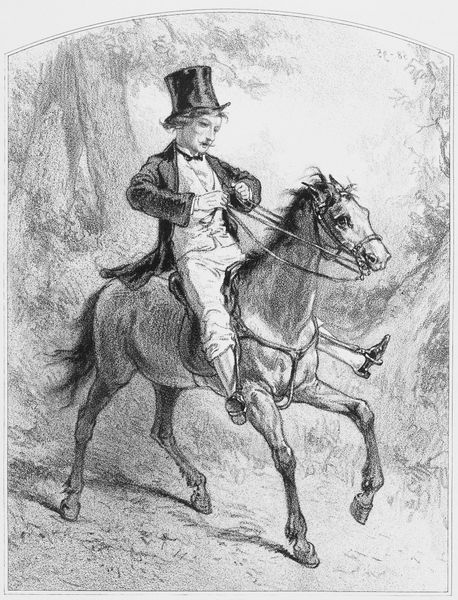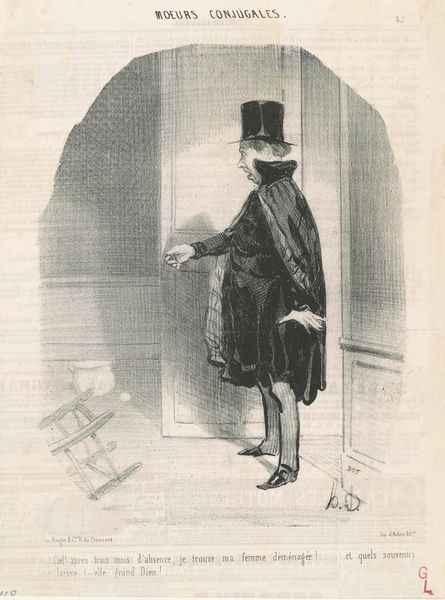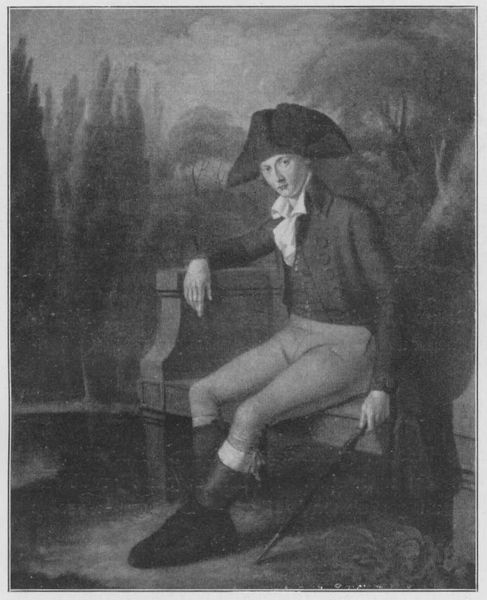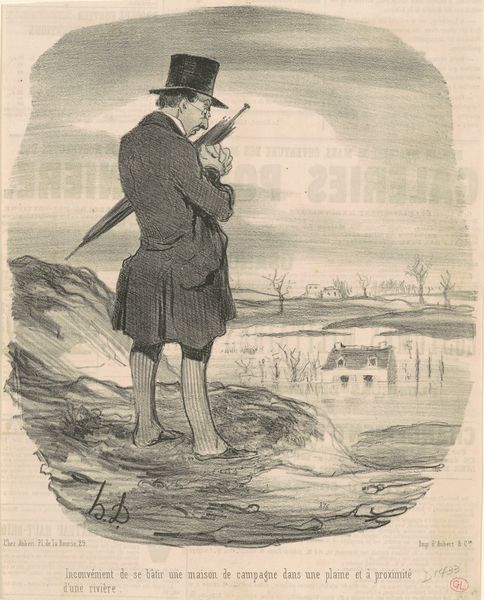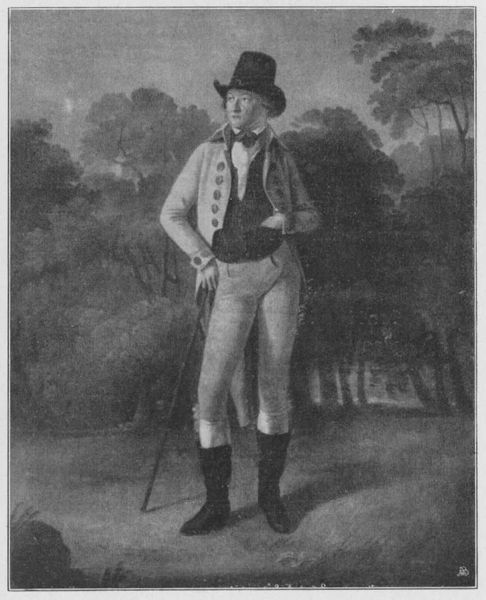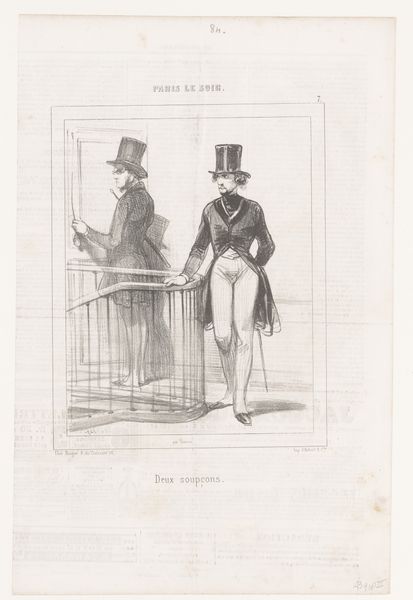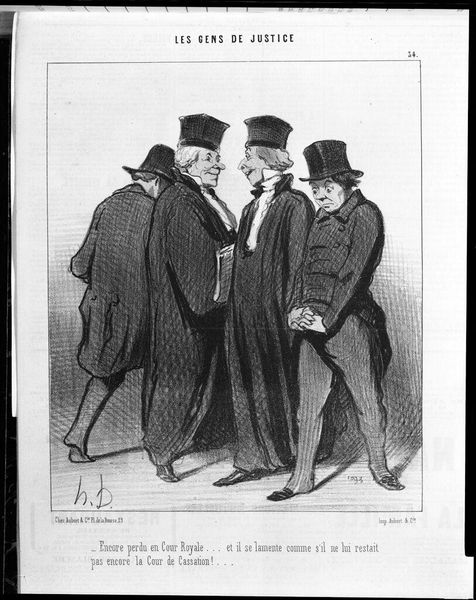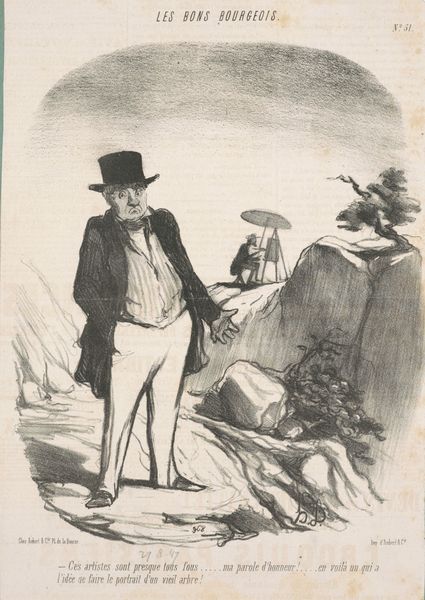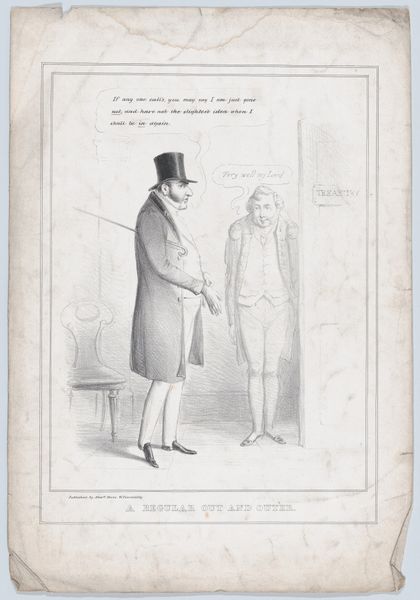
drawing, print
#
portrait
#
drawing
# print
#
sculpture
#
landscape
#
figuration
#
romanticism
#
history-painting
Dimensions: Image: 13 3/16 × 9 3/4 in. (33.5 × 24.7 cm) Sheet: 16 3/4 × 12 1/4 in. (42.5 × 31.1 cm)
Copyright: Public Domain
William Henry Brown created this silhouette portrait of John Randolph, an American politician, sometime in the 19th century. The silhouette, a popular form of portraiture at the time, reduces the complexities of an individual to a stark outline. What does it mean to flatten an individual in this way, and to what extent does it reflect the social and political climate of the time? This image was made in America, where the concept of individual identity was being forged in the crucible of revolution and expansion. The presence of horses in the background is an interesting detail. Horses often function as symbols of wealth and status, alluding to Randolph’s position in society. Brown’s choice to depict Randolph as a silhouette could also be a comment on the nature of political representation itself – a reduction of a person to a set of symbolic gestures. To truly understand this artwork, we need to consider the social conditions that shaped its production. What were the prevailing attitudes toward portraiture, and how did they influence the way artists like Brown approached their craft? Examining period documents, political writings, and social commentaries can shed light on the complexities of this historical moment and help us interpret the artwork more fully.
Comments
No comments
Be the first to comment and join the conversation on the ultimate creative platform.

